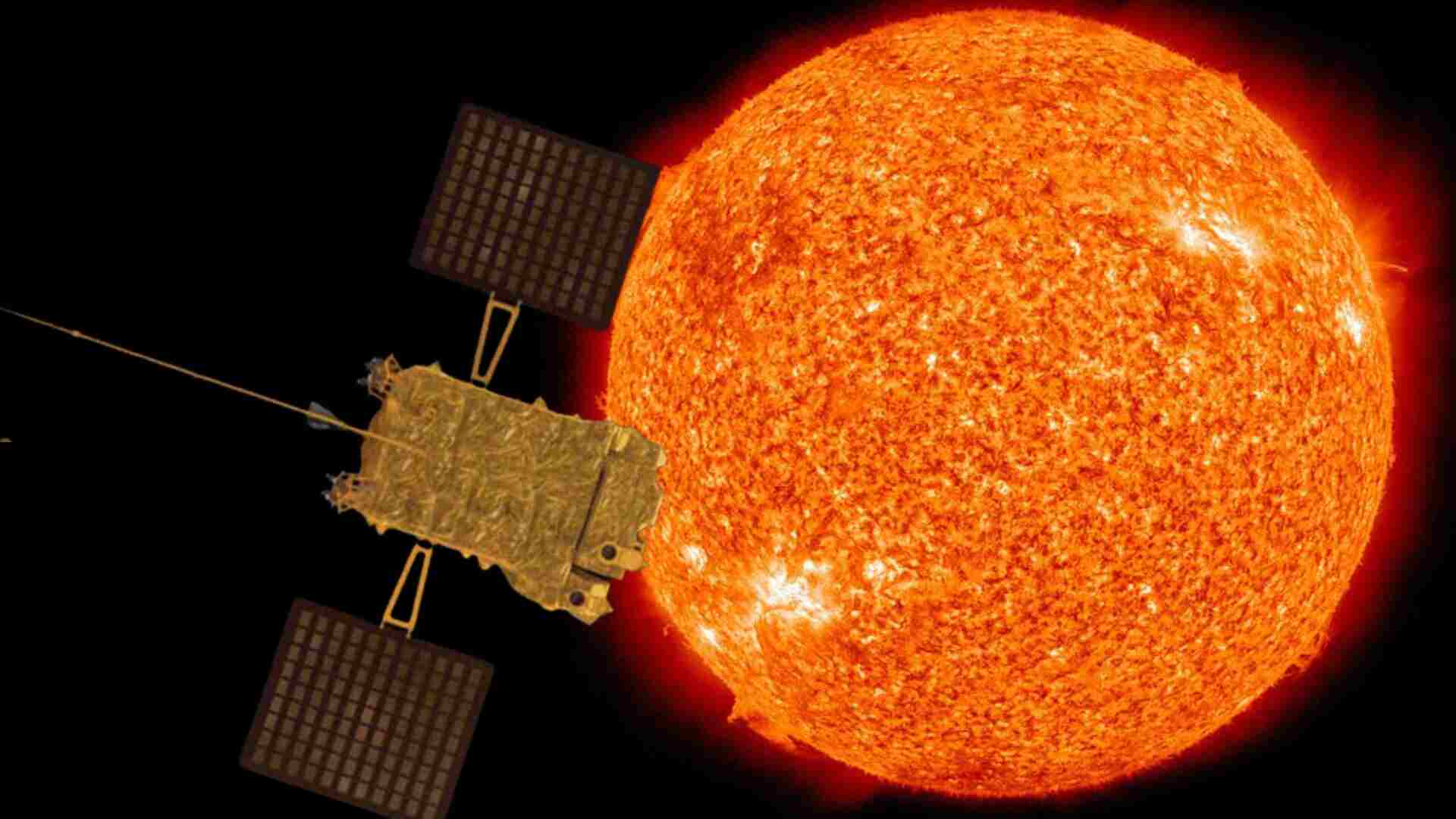During a period of increased solar eruptions in May 2024, two primary scientific instruments aboard India’s first solar space observatory mission, Aditya-L1, recorded images and data of intense solar activity.
Sharing data from the Solar Ultraviolet Imaging Telescope (SUIT) and the Visible Emission Line Coronagraph (VELC) payloads on Aditya-L1, Isro, Monday said: “…While some of Aditya-L1’s payloads observed the events as they happened from the spacecraft’s vantage point at the Sun-Earth L1 point, SUIT and VELC were undergoing calibration and could not capture the real-time action.”
Pointing out that both SUIT and VELC doors were opened on May 14 after the completion of the indented operations, Isro said: “VELC obtained a raster scan image (rectangular pattern of image capture and reconstruction) of the solar corona in the 5303 Angstrom emission line on May 14, clearly showing the location of the potent ‘AR13664’ active region that sparked the recent solar storms.”
Previously reported, the active region ‘AR13664’ released a series of potent X-class and M-class solar flares from May 8 to 15, accompanied by coronal mass ejections on May 8 and 9. These intense eruptions resulted in a significant geomagnetic storm hitting Earth on May 11.
Meanwhile, the Solar Ultraviolet Imaging Telescope (SUIT) has produced high-resolution images of the Sun across various ultraviolet wavelengths, depicting active regions, sunspots, and other solar phenomena with exceptional clarity. These observations investigate different layers of the Sun’s atmosphere to understand the mechanisms behind solar flare energy transfer.
SUIT captured images using six distinct wavelengths: the Mg II k and Mg II h, as well as narrowbands at 276nm, 283nm, 300nm, and 320-360 nm, each offering unique insights into solar activity.
According to Isro, images captured in the initial two wavelengths have examined the chromosphere layer, positioned above the Sun’s surface. These observations are aiding scientists in examining how solar flares heat up the chromosphere and disperse their energy.
The initial two narrowband channels (276nm and 283nm) have specifically targeted the wing regions of the chromosphere, disclosing insights into solar flares, sunspots, and energy transfer mechanisms. These discoveries are anticipated to enhance space weather forecasting and predictions.
“The 300nm narrowband channel has examined energy transfer in the upper photosphere and lower chromosphere, shedding light on how energy moves and heats different solar atmospheric layers. The broad 320nm to 380nm band, centred at 340nm, has monitored solar activity and UV radiation across a wide wavelength range. This data aids in understanding the Sun’s overall UV impact and long-term variations in solar behaviour,” Isro said.
Through the integration of data from these varied imaging channels, Aditya-L1 is offering an unparalleled multi-wavelength perspective of the Sun’s atmosphere, spanning from the photosphere to the chromosphere. These discoveries are poised to enhance understanding of solar dynamics and their impact on Earth’s environment.
In May, Isro had released findings from other Aditya-L1 payloads. “Two remote sensing payloads (SoLEXS and HEL1O) captured the solar events during May 8-9 while the two in-situ payloads (ASPEX and MAG) captured this event during May 10-11,” Isro said.
In addition to Aditya-L1, observations were conducted by the Chandrayaan-2 spacecraft, XPoSat, and a ground-based facility. Aditya-L1’s unique views from space, along with data gathered by other Isro assets such as Chandrayaan-2 and ground-based telescopes, provide an unparalleled multi-wavelength understanding of the Sun’s turbulent activity and its effects on space weather conditions impacting Earth.




















